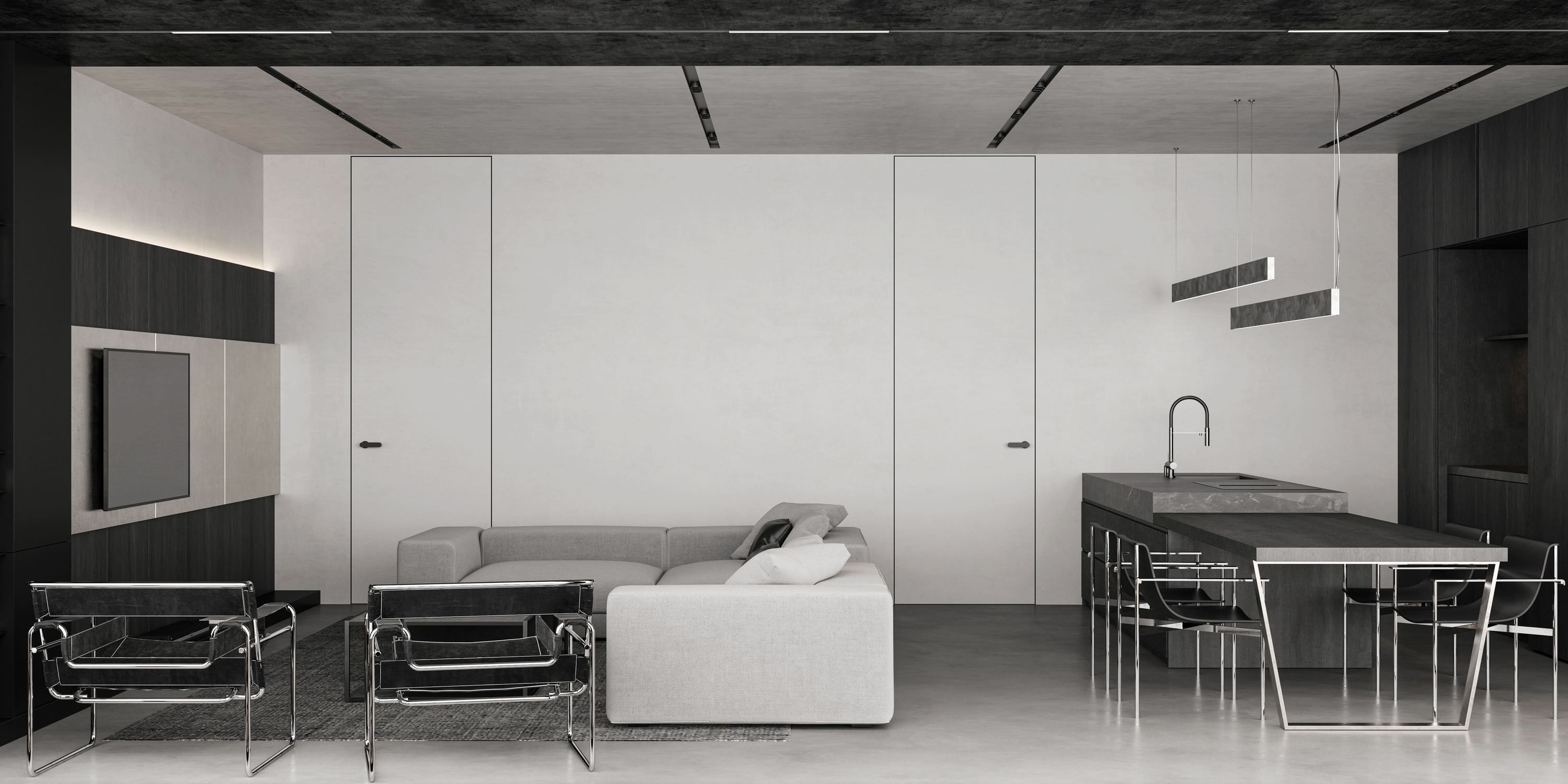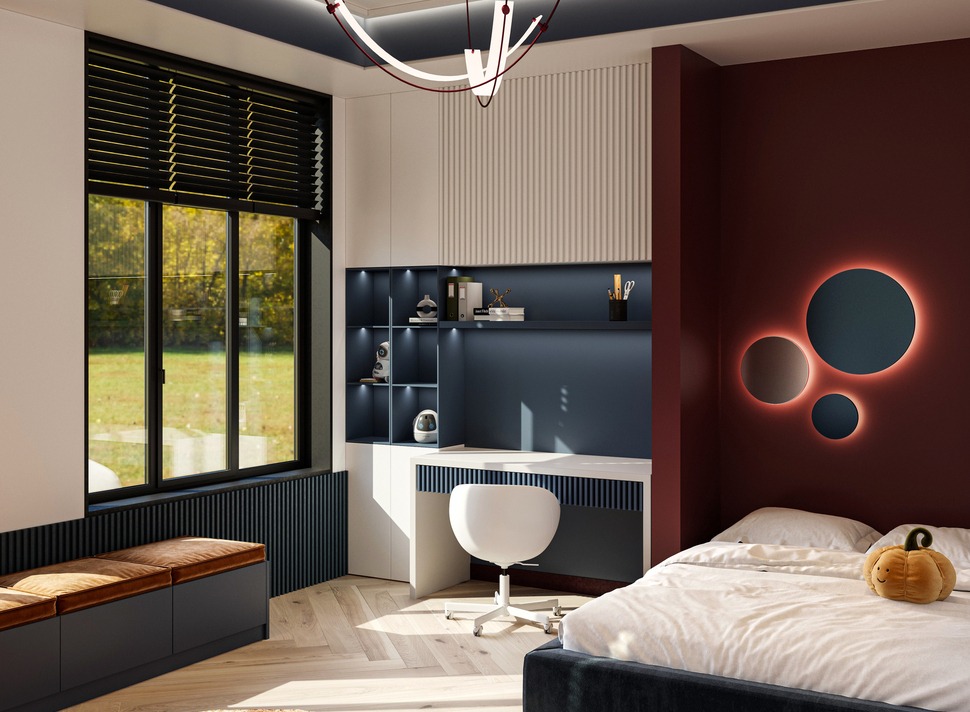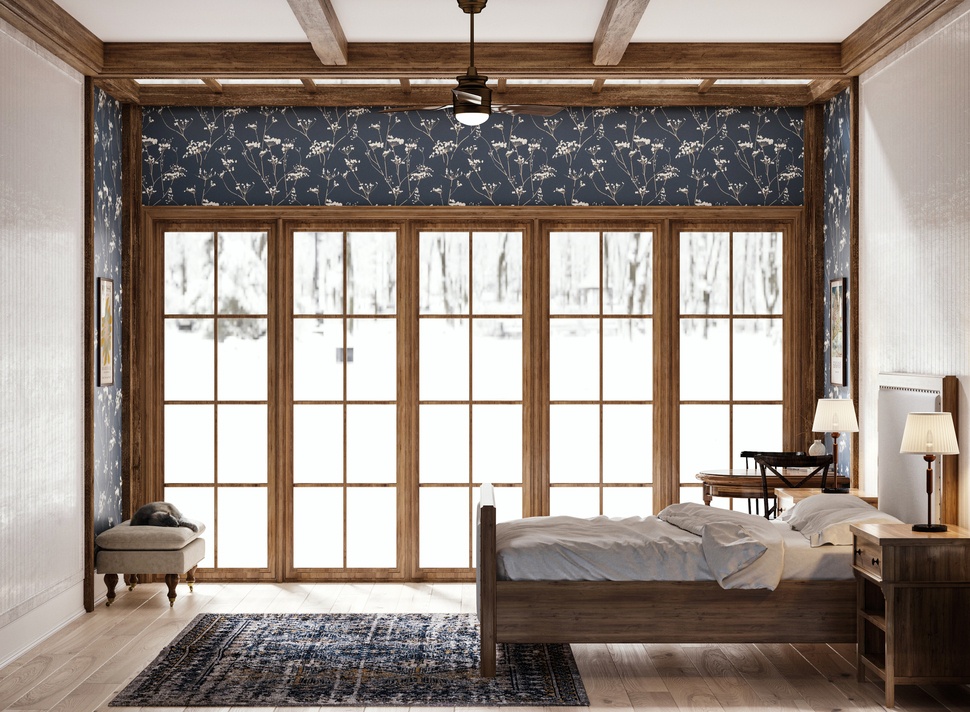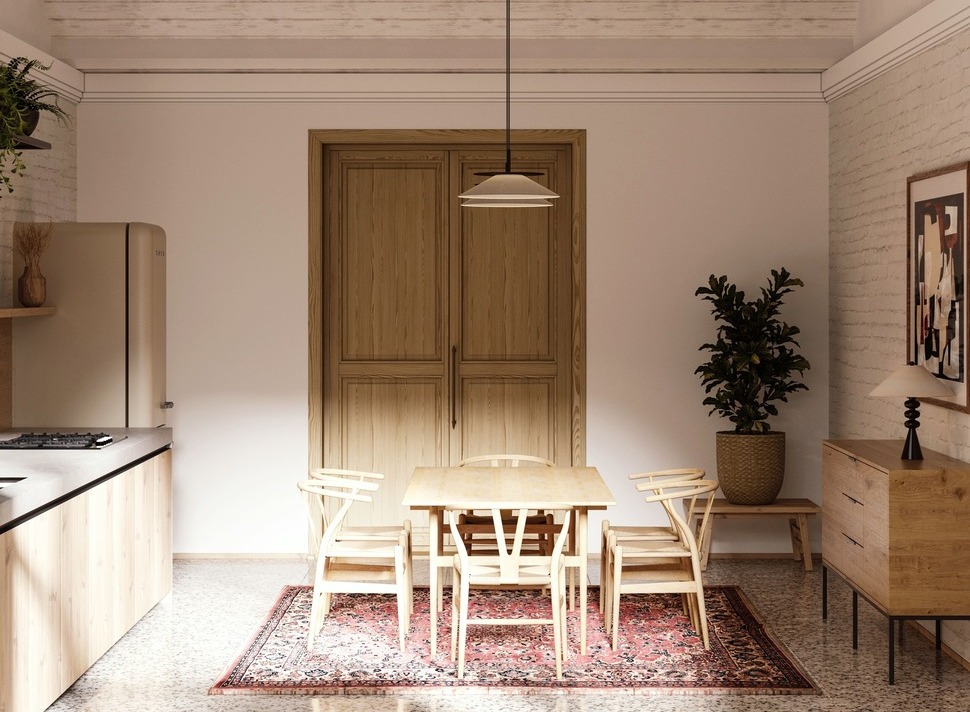Tailor-Made: How 3D Configurators are Enhancing Product Personalization
Introduction to 3D Configurators in Product Personalization
The advent of 3D configurators marks a significant shift in the consumer purchasing journey, transforming passive viewers into active participants in the product design process. Unlike traditional online shopping experiences, which rely on static images and fixed product options, 3D configurators offer a dynamic platform where customers can modify aspects such as color, material, components, and more, all within a highly realistic 3D model of the product. This level of interactivity enriches the shopping experience and empowers consumers to create products that truly reflect their style and preferences.

Image from Yousee Studio
The application of 3D configurators spans a wide range of industries, from automotive, where customers can customize their dream car, to furniture, where users can design pieces that perfectly fit their living spaces. The key to the success of these configurators lies in their ability to closely replicate the look and feel of the actual product, providing a virtual representation that closely matches the physical experience. This not only aids in decision-making but also significantly reduces the likelihood of customer dissatisfaction and returns, as buyers clearly understand what they are purchasing.
The Mechanics of 3D Configurators
Foundational Software and 3D Modeling Techniques
At the heart of any 3D configurator is a suite of sophisticated software solutions and 3D modeling techniques. Creating a 3D configurator begins with developing a highly detailed and accurate digital model of the product. This process is typically carried out using advanced 3D modeling software such as Autodesk 3ds Max, Maya, or Blender, which allows designers to construct complex models with precise dimensions, textures, and materials that mimic the real-world product.
The complexity of these models varies depending on the product and the level of customization available. For instance, a configurator for a custom sneaker might require detailed models of each component, including laces, soles, and fabric patterns, each with multiple texture and color options. In contrast, a furniture configurator might focus more on shapes, sizes, and finishes, allowing users to visualize how different configurations fit into their living spaces.
Real-Time Rendering and User Interaction
A critical aspect of 3D configurators is the real-time rendering engine, which dynamically updates the 3D model as users make selections, providing instant visual feedback. This immediacy is crucial for maintaining user engagement and ensuring the customization process is enjoyable and efficient. Rendering engines such as Unity or Unreal Engine are commonly used for this purpose, leveraging their powerful graphics capabilities to produce lifelike visuals that can be interacted with in real-time.
Real-time rendering involves sophisticated algorithms that calculate lighting, shadows, and reflections based on the model's materials and the environment, creating a realistic depiction of the product's appearance. This process must be optimized to run smoothly on various devices, including smartphones and tablets, ensuring users have a consistent and high-quality experience regardless of how they access the configurator.
The configurator's user interface (UI) is another vital component, designed to be intuitive and user-friendly, allowing customers to easily navigate through customization options without feeling overwhelmed. The UI must seamlessly integrate with the 3D model, providing clear and concise controls for each customizable feature and guiding users through the personalization process logically and straightforwardly.
In conclusion, the development of 3D configurators involves a blend of advanced 3D modeling, real-time rendering, and user interface design, all working in concert to provide a seamless and engaging customization experience. As we continue to explore the impact of these configurators on consumer engagement and the challenges businesses face in implementing them, it becomes evident that 3D configurators represent a significant leap forward in the evolution of online shopping, offering a level of personalization and interactivity that was previously unimaginable.
Impact on Consumer Experience and Engagement
Integrating 3D configurators into online retail platforms has profoundly transformed the consumer experience, setting new standards for engagement and personalization in the digital marketplace. These sophisticated tools allow customers to become co-creators of their products, offering a sense of ownership and involvement beyond traditional shopping experiences. By enabling users to visualize their customizations in a highly detailed and interactive 3D environment, configurators enhance the decision-making process and increase emotional investment in the product, leading to higher satisfaction rates and stronger brand loyalty.

Image from Yousee Studio
The immersive nature of 3D configurators captivates users, encouraging them to explore various options and configurations, leading to longer website engagement times. This extended interaction gives businesses valuable insights into consumer preferences and behavior, allowing for more targeted marketing strategies and product development. The ability to see and manipulate products in real-time also reduces the cognitive load on consumers, making complex products more accessible and understandable and broadening the potential customer base.
Furthermore, 3D configurators can significantly diminish the uncertainty and hesitation often associated with online purchases. By clearly and accurately representing the customized product, these tools help set realistic expectations, reducing the likelihood of returns and exchanges. This improves the overall customer experience and fosters a trust-based relationship between consumers and brands, which is crucial for long-term engagement and retention.
Challenges and Considerations in Implementing 3D Configurators
While the benefits of 3D configurators are clear, their implementation is challenging. One of the primary hurdles is the technological complexity and the associated costs. Developing a fully functional, high-quality 3D configurator requires significant software, hardware, and specialized talent investment. Creating detailed 3D models that accurately represent each product variant involves:
- Extensive design and rendering work.
- Necessitating a team of skilled 3D artists.
- Developers.
- UX/UI designers.
Ensuring the configurator's compatibility across various platforms and devices adds another layer of complexity. With consumers accessing online retail sites from a wide range of devices, from desktop computers to smartphones, the configurator must provide a seamless and consistent experience across all touchpoints. This requires meticulous optimization and testing to ensure fast loading times and responsive interactions, even on devices with limited processing power.
Moreover, integrating a 3D configurator into an existing eCommerce platform can present logistical challenges. Businesses must ensure that their product information management systems can handle the dynamic nature of customizable products and that the configurator can seamlessly integrate into the online shopping and checkout process. This often involves updating backend systems, modifying product databases, and ensuring that the configurator's output aligns with the production and fulfillment processes.
Addressing these challenges requires careful planning, a clear understanding of the technological landscape, and a willingness to invest in the tools and talent necessary to bring 3D configurators to life. Despite these obstacles, the potential of these tools to revolutionize the online shopping experience and drive business growth makes them an increasingly essential component of modern e-commerce strategies.
Real-World Success Stories of 3D Configurators
The real-world impact of 3D configurators is best illustrated through success stories across various industries, demonstrating their effectiveness in enhancing product personalization and customer engagement. One notable example is the automotive industry, where luxury car manufacturers have leveraged 3D configurators to offer prospective buyers a bespoke experience. Customers can select exterior colors, interior finishes, and additional accessories, all visualized in stunning detail. This customization level has increased customer satisfaction and significantly boosted pre-order sales, with some brands reporting a marked increase in orders for customized vehicles compared to standard models.
In the furniture sector, companies like IKEA have introduced 3D configurators that allow customers to design and visualize their living spaces with various furniture pieces and decorations. This tool has transformed the furniture shopping experience, enabling customers to experiment with different layouts and styles to find the perfect fit for their homes. The success of this approach is evident in the increased time spent on the website, higher conversion rates, and positive customer feedback, highlighting the configurator's role in enhancing the decision-making process.

Image from Yousee Studio
The fashion industry has also seen the benefits of 3D configurators, particularly in the bespoke and made-to-measure segments. Online tailoring services allow customers to customize everything from fabric and cut to buttons and embroidery, with the final design presented in a lifelike 3D model. This personalized approach has attracted a niche market of customers seeking unique, tailored pieces, leading to higher customer retention and an expanded customer base for these brands.
Conclusion
3D configurators represent a significant advancement in online retail, providing unprecedented product personalization and customer engagement. By allowing consumers to interact with and customize products in a highly detailed 3D environment, these tools have transformed the shopping experience, making it more interactive, enjoyable, and tailored to individual preferences.
The implementation of 3D configurators, while challenging, offers substantial rewards for businesses willing to invest in this technology. The key to success lies in overcoming the technical and logistical hurdles through careful planning, optimization, and a focus on user experience. As more industries recognize the value of 3D configurators, their adoption is set to increase, further shaping the future of online shopping and product customization.
Real-world success stories across various sectors underscore the effectiveness of 3D configurators in driving sales, enhancing customer satisfaction, and building brand loyalty. As technology continues to evolve, the capabilities of 3D configurators will expand, offering even more sophisticated and immersive customization experiences. For businesses looking to stay competitive in the digital marketplace, embracing 3D configurators is not just an option but a necessity, paving the way for a new era of personalized online retail.
Contact us at YouSee Studio for captivating 3D renderings and immersive virtual experiences.
Ray Lisbon is a content writer and the author of this article.




